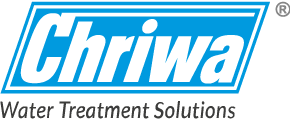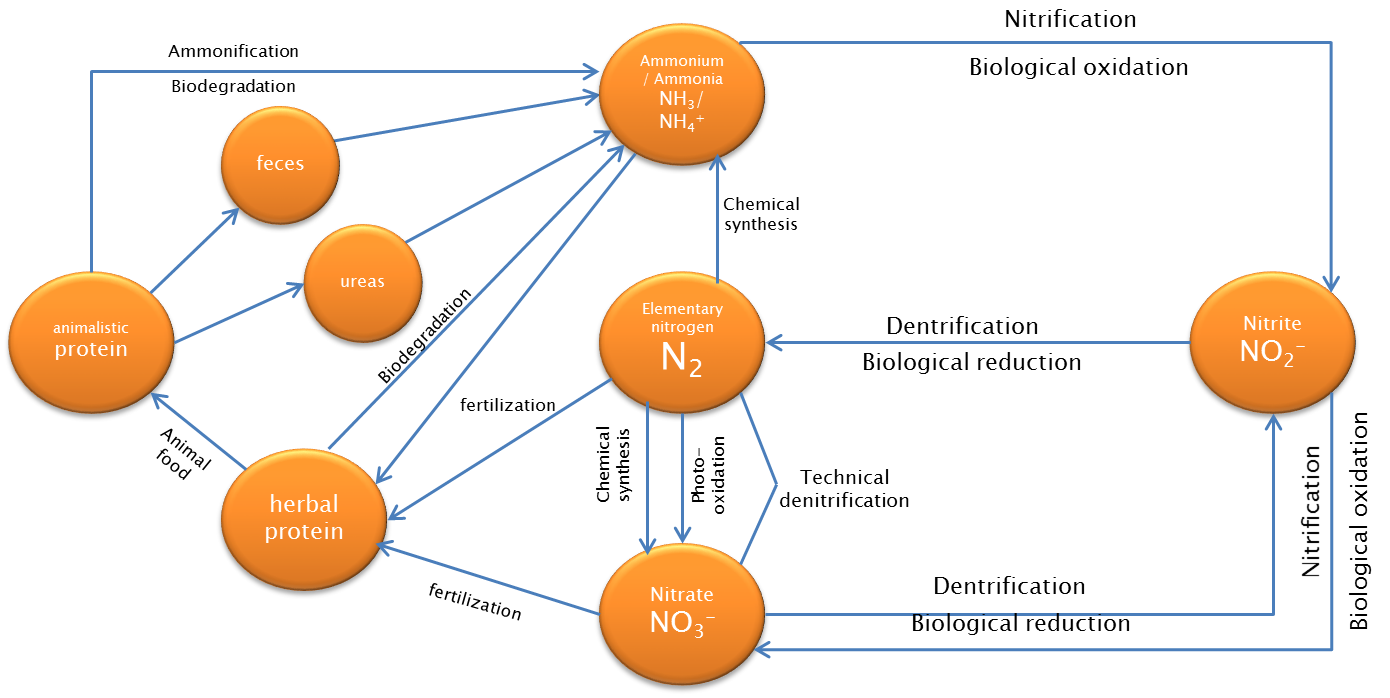Ammonium removal
Ammonium is generally not harmful to human health. The limit value according to the Drinking Water Ordinance (TrinkwV) is 0.5 mg/l.
However, higher ammonium concentrations can lead to the growth of nitrifiers.
This is associated with a strong oxygen depletion and, if nitrification is incomplete, the formation of nitrite. Due to its high toxicity, nitrite is subject to a much stricter limit value of 0.1 mg/l. The autotrophic nitrifiers and their decay products can serve as a food source for heterotrophic microorganisms and thus contribute to secondary contamination of the water. The presence of ammonium leads to high chlorine consumption and the formation of chloramines during disinfection with chlorine. These have a much lower disinfection effect and can decompose again during longer residence times and release ammonium (THM formation).
Special Chriwa process: dry filtration
A process developed by Chriwa for the removal of ammonium is dry filtration. In this process, the water to be treated is conveyed through a filter layer by means of compressed air in direct current. A multiphase flow is formed, whereby the pore space of the filter layer is simultaneously flowed through by the water in the form of a thin trickle film and by the air. This also supplies the lower layers with oxygen, so that nitrification is strongly promoted here by the bacterial strains Nitrosomonas and Nitrobacter. The ammonium is converted into nitrate. Much higher limit values are permissible for nitrate than for ammonium.
Another advantage of dry filtration is that processes such as the removal of iron/manganese and foreign gases (H2S/ CH4, etc.) from the water also take place.


